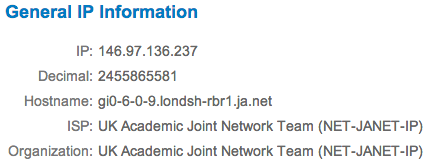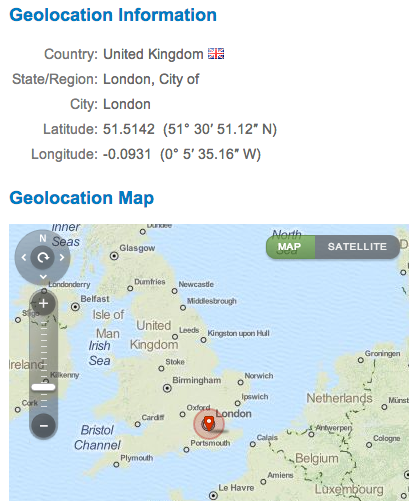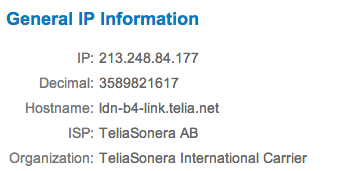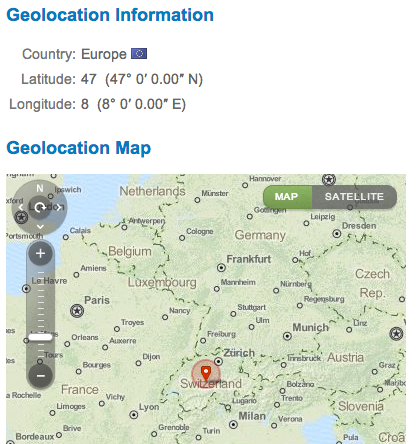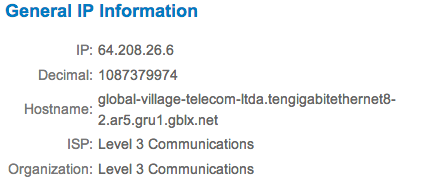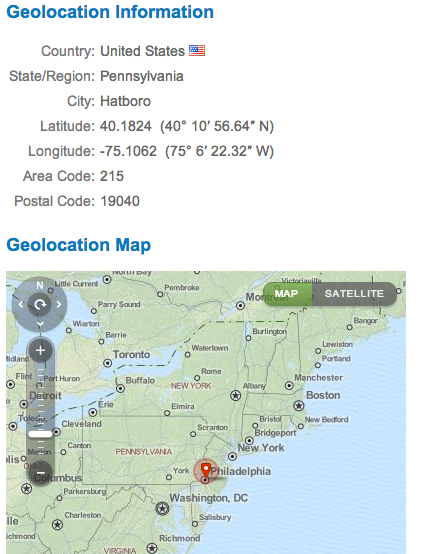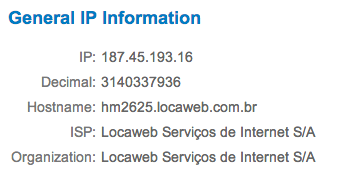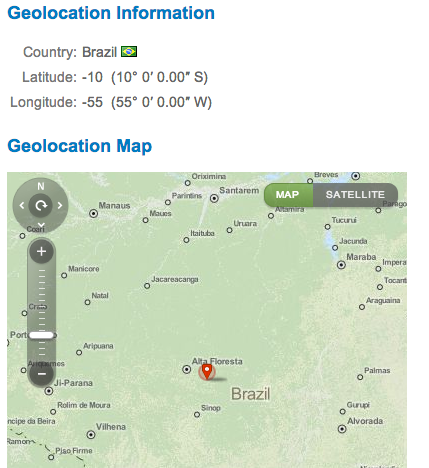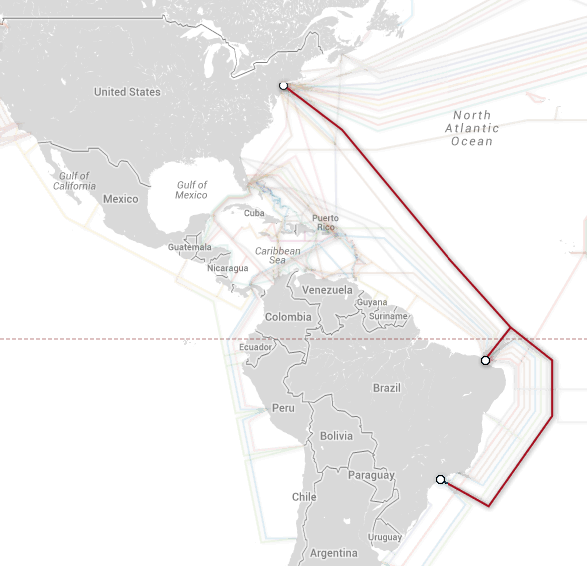Hacktivism is the act of hacking. For many people to hack means breaking into other people’s computer system (mostly for bad reasons) but the real meaning of the verb to hack is to be able to analyse a system or a hardware and modify it to improve it or create something new from it. The people who do this kind of thing are called hackers and they go further into the studying of programming languages and computer systems and not just the simple basis the most people learn.
So it was created a place where these hackers could meet and gather their ideas to create a lot of new and useful things.
These places are called Hackerspaces.
There you can find a lot of different activities that you can join if you want. Some exemples are: to hack softwares, hardwares, programming languages, medias, etc. It is free and opened to the public. If you don’t know anything about the things that they do there, you can join the hackespaces to learn, there are many workshops to teach begginers. And if you already know these things you can join to contribute in many projects.
The site and app Pinterest was developed in a Hackerspace created by its creator Ben Silbermann. He left his job at Google to created a new app that people would enjoy, but he didn’t have a place to build an office, so he created a Hackerspace into his house and there many people helped him to develop the new app that now is a success.[1]

Pinterest site

“This is a picture of the office conference room.”
I was searching about Hackerspaces to write this post and among many things I found a Hackerspace that is close to my house in Brazil. It is called Garoa Hacker Clube.

Garoa Hacker Clube Logo
It is the first hackerspace to be created in Brazil.
They have a lot of events that happen during the whole month and are always changing like lectures about specific subjects and competitions. But they also have regular events that always happen during the week:
- Mondays: old programming (that studies the old program language from classic games) and Dungeons & Velociraptors (that is a specific night only to play Role-playing game and table games).
- Tuesdays: Getting Slack (this day they get together to develop new apps based on Slackware).
- Wednesdays: Turing Club (it is a day dedicated to workshops, lectures and talks to spread and get people to know about different subjects related to computing, like information security, software development, encryption and theory about programming language.
- Thursdays: Arduino Night (a night to learn, teach, build and use Arduino).
- Fridays: We, Robots (it is a group of robotics that meet every friday to change ideas, discuss subjects about building robots and build some prototyping).
- Saturdays: Open Hack Day (a day to hack and socialize).

Garoa Hacker Clube – Arduino Night
To tell the truth I didn’t know about the existence of Hackerspaces but I really enjoyed it. When I come back to Brazil I intend to join Garoa Hacker Clube to learn more about many things and to help in some projects that I am able to. It is very important to my knowhow as well as the development of new technologies that will help in the future.
Sources:
http://hackerspaces.org/wiki/Hackerspaces
http://www.monochrom.at/hacking-the-spaces/
https://garoa.net.br/wiki/P%C3%A1gina_principal
http://searchsecurity.techtarget.com/definition/hacktivism
http://www.businessinsider.com/pinterest-founding-story-2012-4?op=1




